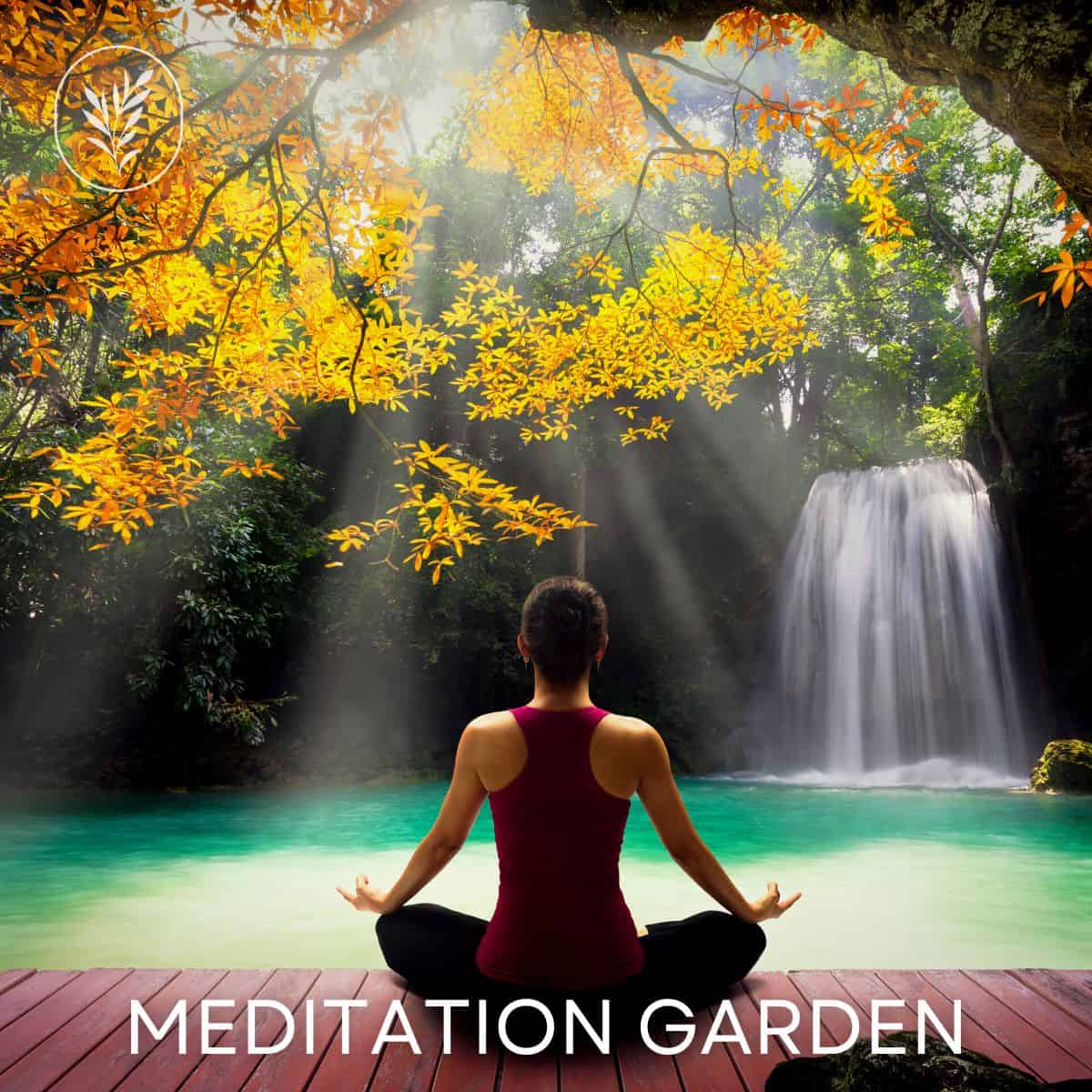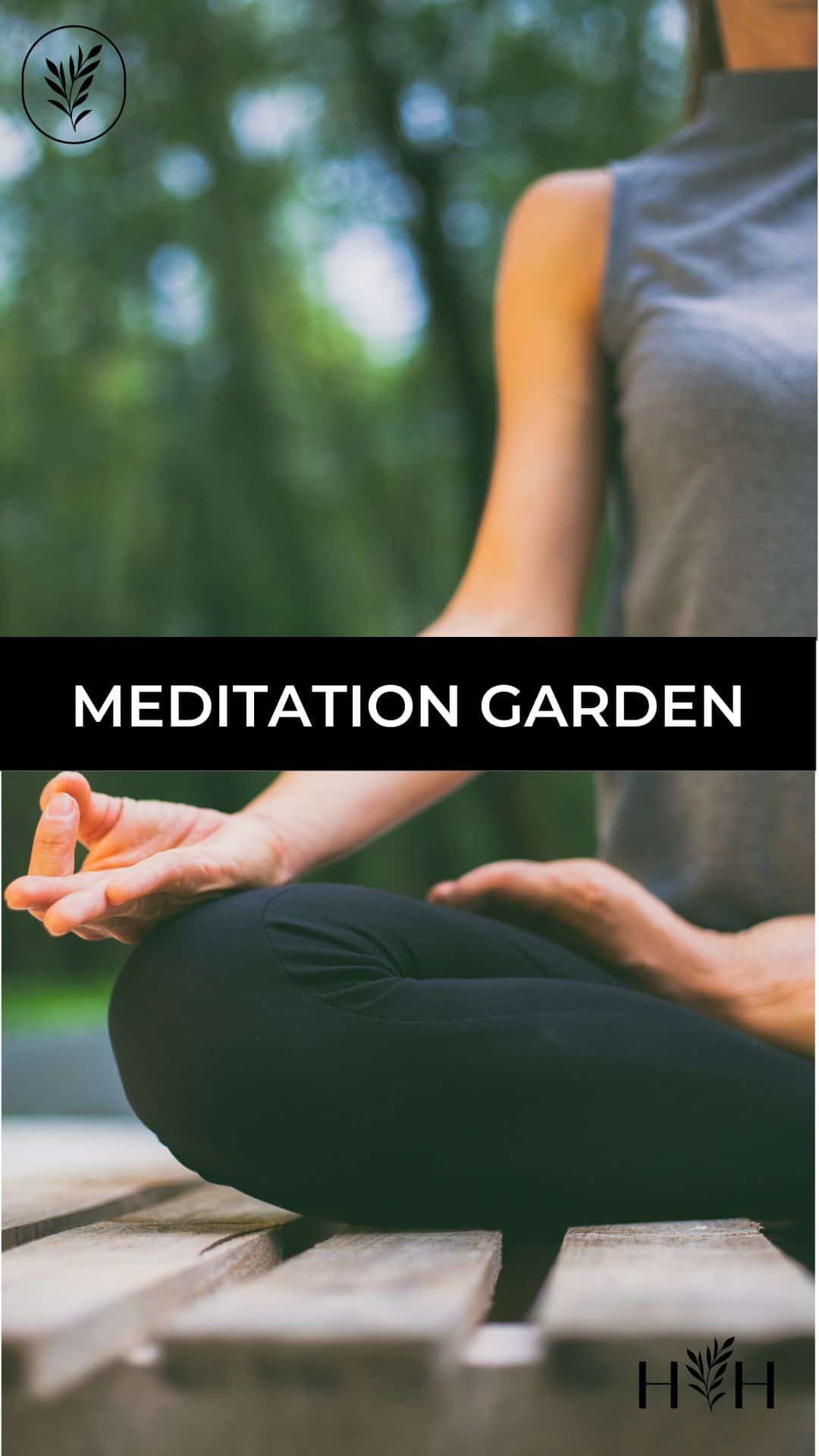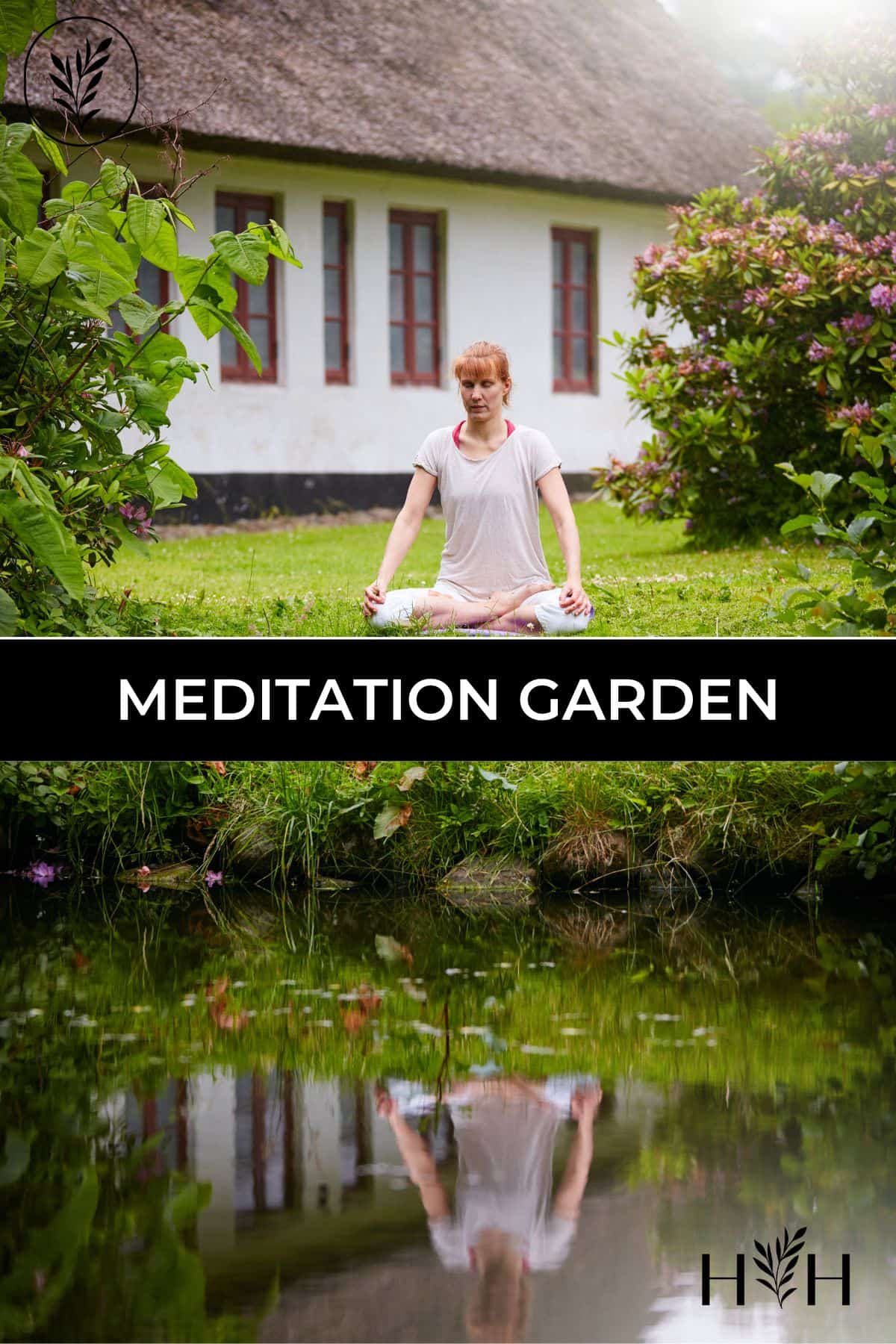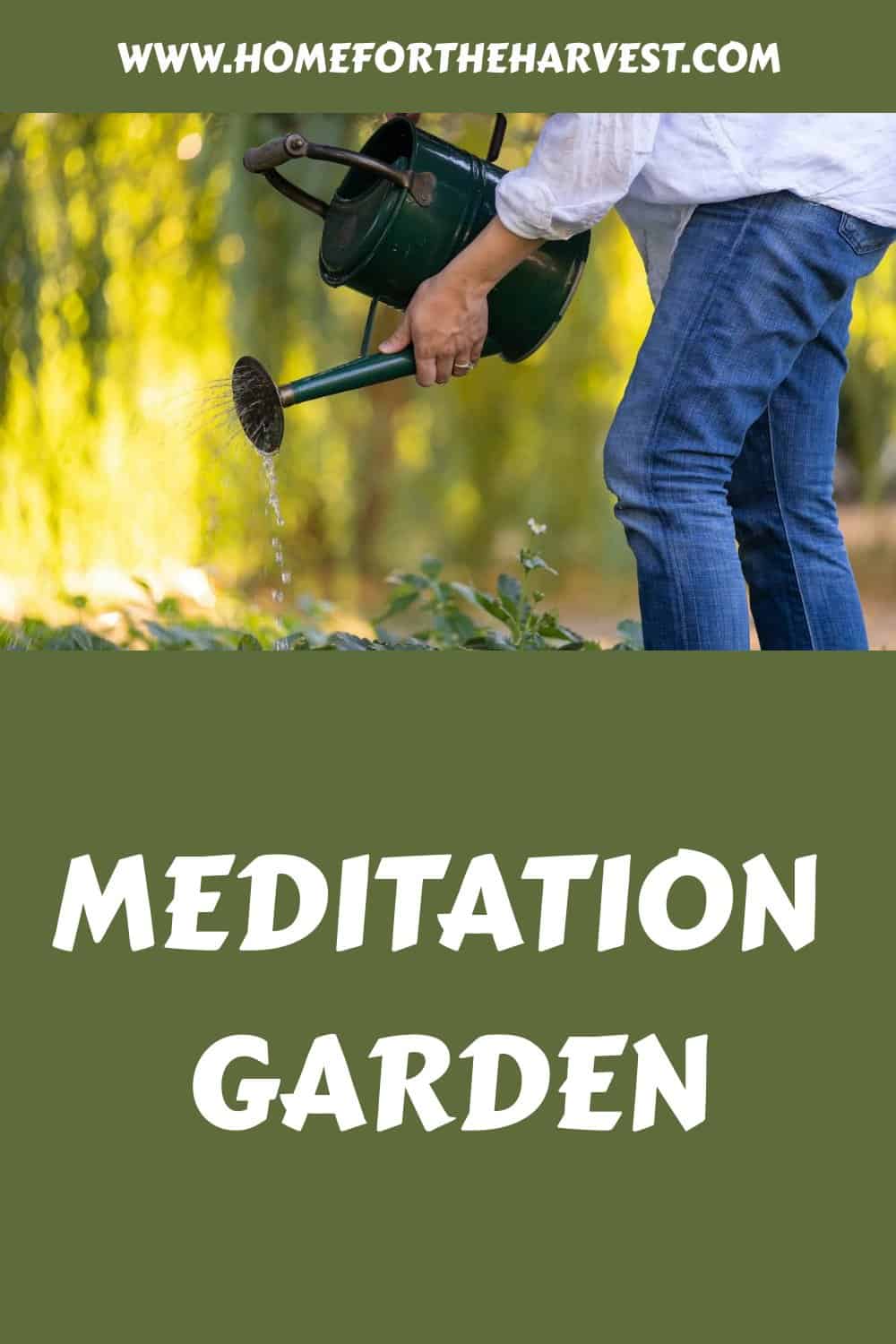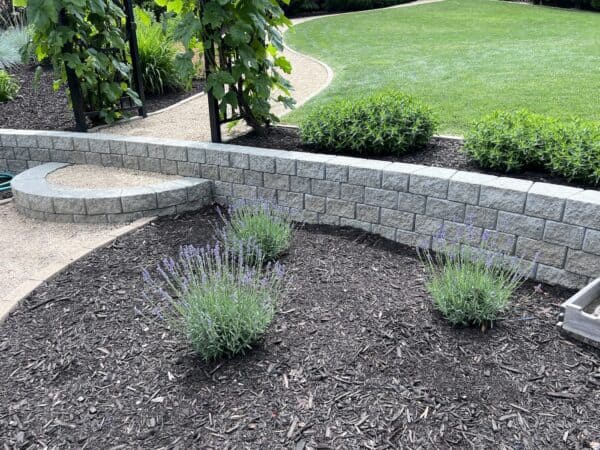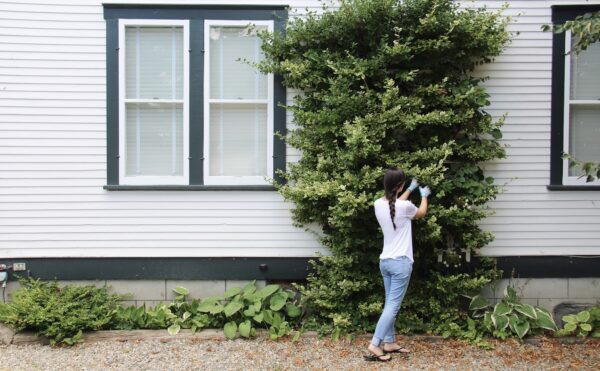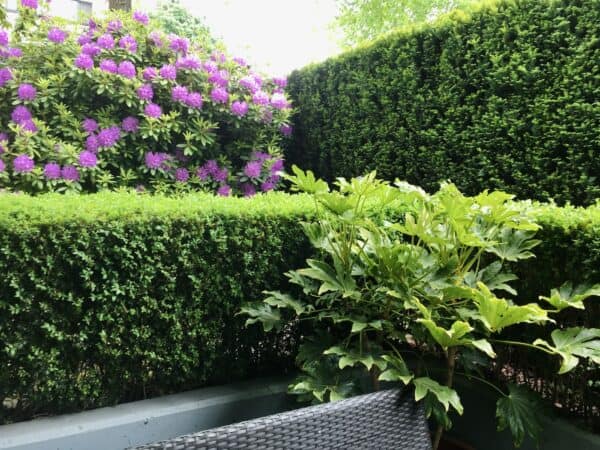A meditation garden is a peaceful, cultivated sanctuary in nature. It is a quiet retreat where you can focus on your breath, enjoy the present moment, and quite literally ground yourself. Here is a detailed guide to designing and planting your own meditation garden.

Basic elements of a meditation garden
While meditation gardens vary greatly, there are some common basic elements between most meditation gardens. Here are some of the most popular elements of a meditation garden:
- Calm, quiet sitting area
- Lush greenery
- The sound of flowing water
- Scents of plants, soil, and nature in general
- Sculpture, altar, or other focal points
The specifics of a given meditation garden will depend on the location, climate, intended uses, and a host of other factors (not the least of which is the owner’s preference!).
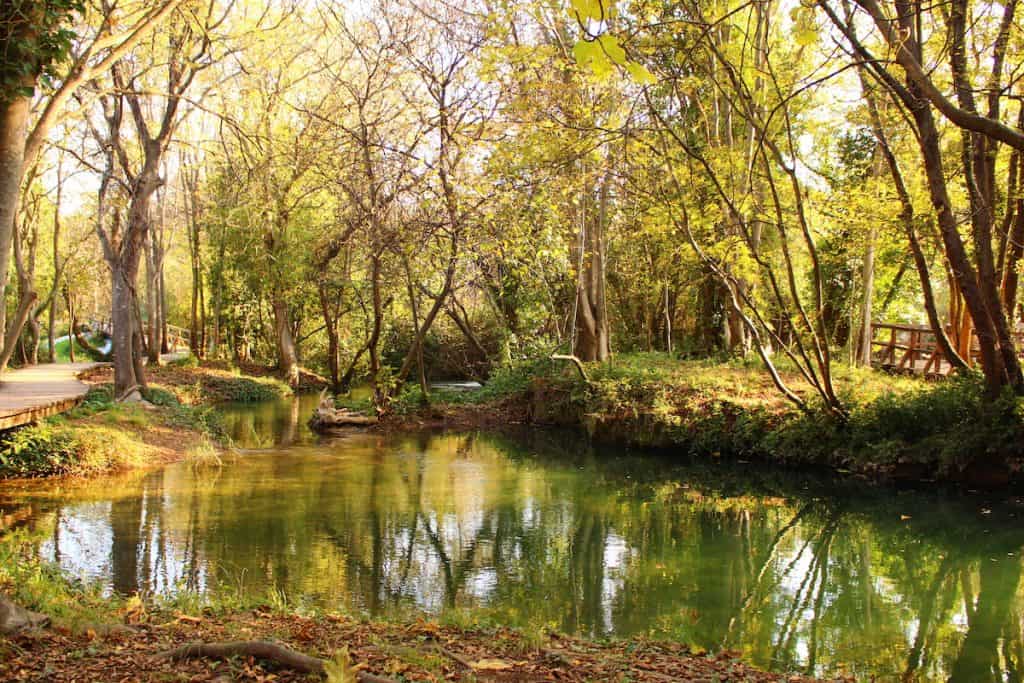
Designing a meditation garden
The design of a meditation garden is a deeply personal process that can be time-intensive or can develop over a number of years (or decades!). Whatever your style, it’s important to visualize your perfect, serene garden space. Imagine yourself in your meditation garden, enjoying a quiet moment to yourself. Repeat this visualization exercise regularly until your vision of the garden starts to take shape and produce a positive emotion for you.
Start your visualization with the basic design elements: envision a seating area surrounded by greenery with a tranquil focal point, complemented by fresh garden scents and the sound of flowing water.
What does your ideal seating area look like? Is it a mossy glen, a large flat stone, a wooden deck surface, or a swing? What about the focal point? Do you prefer a small water feature, a stone altar, or a statue of the Buddha? Or are you lucky enough to have a gorgeous natural focal point like an ocean view!!?
Take into account your own preferences for privacy. Many meditation gardens include cozy nooks, courtyards, or other private areas with a definitive sense of enclosure. These really are outdoor “rooms”, even if the walls are living bamboo and the roof is the canopy of a big old tree.
Draw out your design ideas on paper in plan view (birds-eye view). It’s best to draw roughly to scale if possible, but you can also just doodle and sketch your ideas.
It will take time and repetition to settle on your ideal meditation garden design. Whatever the actual design looks and feels like, the goal is to create a serene and tranquil space, right in your own backyard.
“Your meditation might be walking and thus requires a labyrinth, or maybe you are in need of a place to practice yoga or tai chi. It might be a place to perform the ritual ceremonies of prayer, or simply a place of contemplation, but a garden such as this is always a place to quiet your thoughts and gain an increased awareness of the rustling wind and green leaves that surround you.”
Cultivating Garden Style: Inspired Ideas and Practical Advice to Unleash Your Garden Personality, by Rochelle Greayer
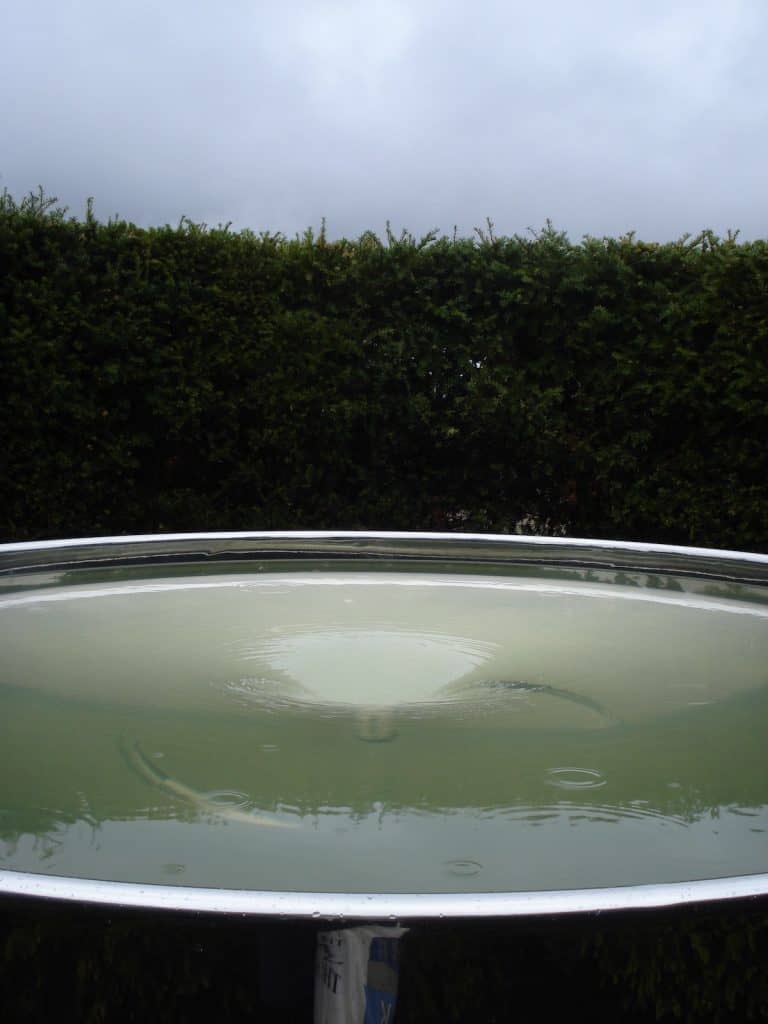
Garden meditation
Garden meditation is a powerful way to bring your mind into the present moment by connecting with your natural surroundings. It can be a quiet calming sanctuary and a refreshing escape. Meditation in the garden is bound to draw your senses to the sounds, smells, and overall feeling of Being.
Try practicing meditation in a few areas of your future garden space before deciding on any specific designs. Choose a harmonious spot, rather than a place filled with distractions. It’s best to find a spot where you’re unlikely to be interrupted. Choose somewhere you feel comfortable and at ease. And then next time, try somewhere different!
Consider your climate and weather patterns when designing your meditation garden. If possible, create seating spots in both sunny areas and shady areas. On crisp mornings and cool evenings, you may want to meditate in the sun, while summertime afternoons may really require a shady spot. A covered patio or tree canopy is helpful on a rainy day.
“The longer you spend creating your garden (although really it is a process that never ends), the more you appreciate it, and the more easily you see what does and does not do well. You can then adjust your plans accordingly.”
The Royal Horticultural Society’s Gardening for Mindfulness, by Holly Farrell
Seating in a meditation garden
Seating is a defining feature of a meditation garden. Meditation seating can be loosely divided into two types: manufactured seating and natural seating. Seating structures made by humans would include things like benches and wooden decks, while natural seating is some form of the ground, whether covered in plants or perhaps stone.
Here are some ideas for seating in a meditation garden:
- Flat ground with grass or moss groundcover
- A pretty ground mat with a water-resistant base (like a doormat)
- Natural flagstones (large, flat rocks)
- Wooden, metal, or concrete bench
- Small structures like a shed, summer house, pergola, or gazebo
As noted, seating can range from a simple spot on the ground to a full-on open-air structure. Choose what fits your vision and your budget, and keep in mind your garden can always transform over time.
“If you can, choose somewhere you can sit on the earth or grass (rather than on any man-made structure) or lean against a tree trunk. Whether or not you believe in a life force, this contact with natural surroundings is beneficial. If you are concerned about dirtying your clothes, a rug on the ground is still better than a bench.”
The Royal Horticultural Society’s Gardening for Mindfulness, by Holly Farrell

Plants for a meditation garden
Plants for a meditation garden are most often low-maintenance species that aren’t fussy and can generally be left to their own devices. While there are countless plants to choose from, it can be helpful to stick to a few types of plants to create a cohesive atmosphere. For a calming space, it’s better to buy multiples of the same plant than to buy one of everything!
Here are some specific plants to consider for your meditation garden:
Groundcover plants for seated meditation
- Moss
- Irish Moss or Scotch Moss
- Creeping Thyme
- Sweet Woodruff
- Alyssum
- Creeping Phlox
- Chamomile
- Dwarf Impatiens
Trees for a meditation garden
- Japanese Maple
- Mimosa Tree
- Ginkgo Tree
- Eucalyptus Tree
- Tulip Tree
- Magnolia Tree
- Weeping Willow
- Weeping Spruce
- Strawberry Arbutus Tree
- Aspen
- Birch
Vines for a meditation garden
- Wisteria
- Clematis
- Passion Flower
- Ivy
- Honeysuckle
Shrubs for a meditation garden
- Snowball Viburnum
- Hydrangea
- Hazel
- Ghost Bramble
- Rose
- Silk Tassel Bush
- Bamboo
- Rose of Sharon
Perennials for a meditation garden
- Bamboo
- Fern
- Feather Grass
- Checkered Lily
- Hellebore
- Daylily
- Himalayan Blue Poppy
- Black Mondo Grass
- Pasque Flower
- Veronica
- Lily-of-the-Valley
- Sweet Violet
- Peppermint
- Baptista
- Pampas Grass
- Lamb’s Ears
- Red Creeping Thyme
“A simple design technique is to vary leaf sizes and shapes when combining ornamental plants in the garden. This adds interest through textural contrast.”
The New Gardener’s Handbook: Grow a Beautiful & Bountiful Garden, by Daryl Beyers
Uses for a meditation garden
A meditation garden is essentially an outdoor room that’s designed to be a quiet space where humans can connect with the natural world. Here are some activities and potential uses for a meditation garden:
- Meditation
- Prayer
- Yoga
- Gratitude Journalling
- Mindfulness
- Stretching
- Tai Chi
- Studying
- Forest Bathing
- Daydreaming
- Quiet Observation
- Birdwatching
You may find that your meditation garden is your favourite “room” in your home!
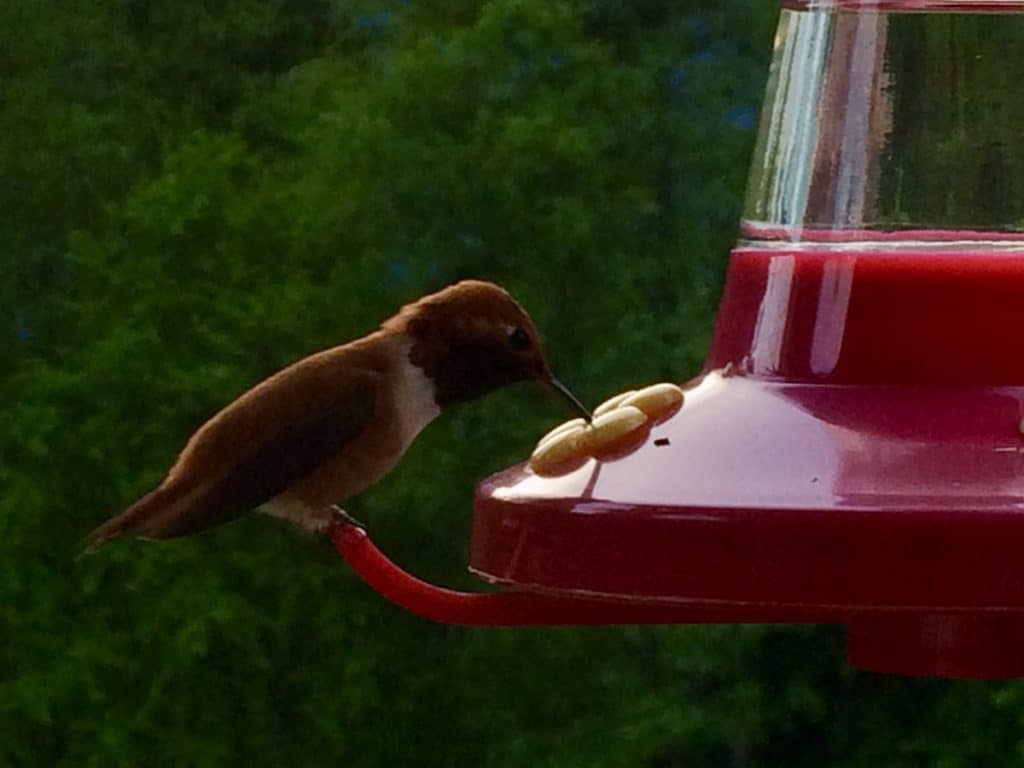
More meditation garden ideas
Here are some additional ideas to inspire your own meditation garden:
- Add some aquatic plants to your water feature. Water lilies, reeds, and other pond plants add a zen touch to your serene space. You could even add a koi pond if space/effort allows.
- Invite quiet creatures like butterflies, hummingbirds, and bumblebees. Here are some native plants that attract birds, and here is a big list of flowers that hummingbirds love!
- A roof covering can be added in climates with inclement weather. A simple roof structure can cover the ground, while even a canvas draping or shade sail can protect from the harsh rays of the sun. Make plans for all-weather meditation if at all possible.
- The entrance to your garden is just as important as the garden itself! Consider adding a meandering path, perhaps with an inviting gate. Make your garden a separate destination in and of itself.
- Natural scents can be achieved with the essential oils of plants during seasons when flowers are not blooming regularly and/or scent could otherwise use a plant-based boost.
- A water feature can be as simple as a bird bath or as involved as a waterfall into a pond. If water features really aren’t your thing, consider a sound bowl/bath instead of a feature with water in it.
- Stones on the ground can be placed in a mosaic pattern. This is a wonderful DIY project for a mindful weekend morning. Create a serene mandala on the ground of your meditation garden or a simple circle of hand-collected river rocks. It is your own space.



